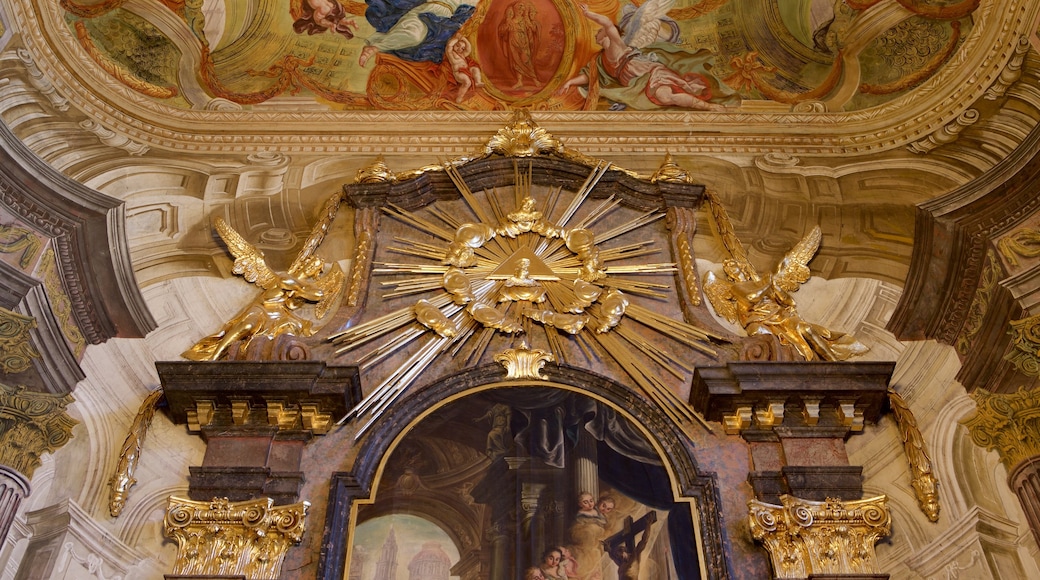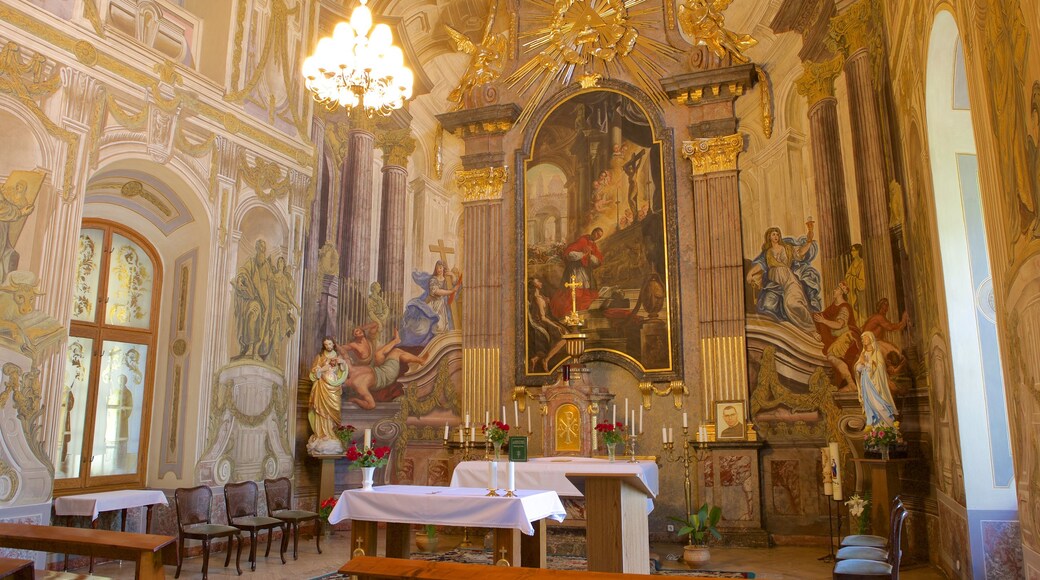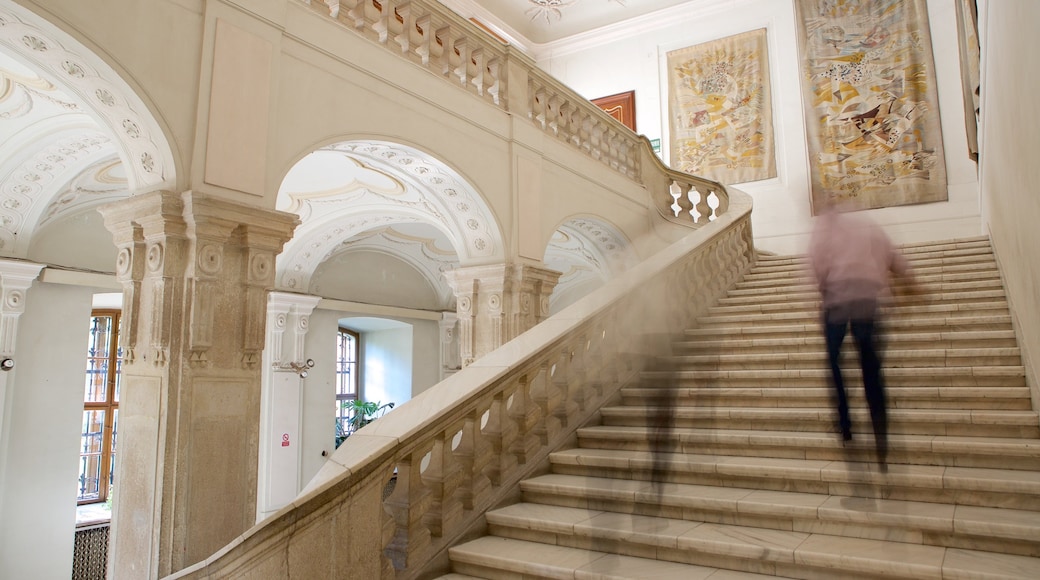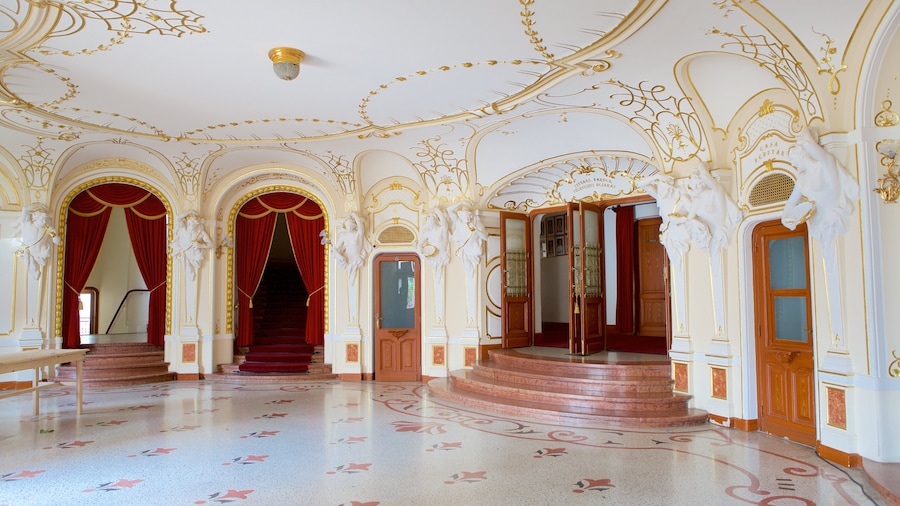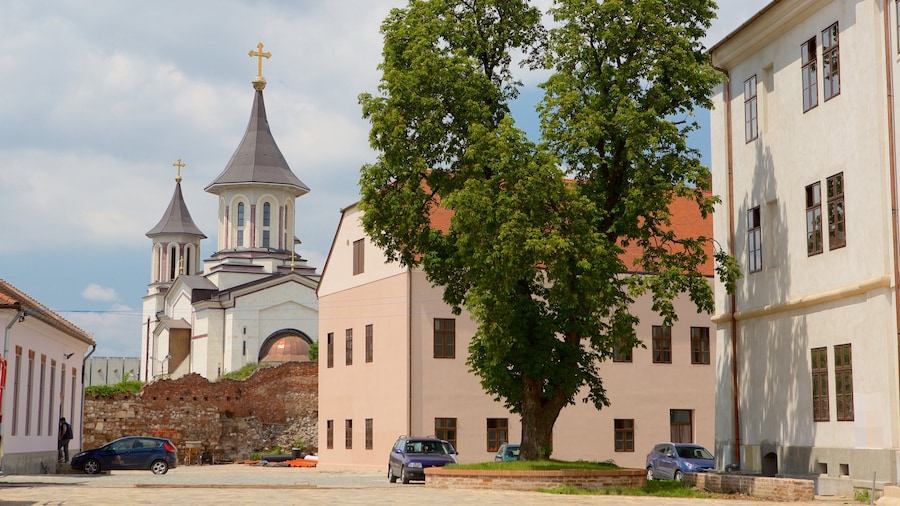View this imposing white-walled, orange-roofed structure in Oradea’s impressive Baroque Complex, a remarkable collection of grand architecture.
Walk around the large Baroque Palace in the center of Oradea and marvel at its striking Viennese-style construction amid other equally impressive structures of the Baroque Complex. The building was initially constructed in the 1760s, burned to the ground within 10 years and immediately rebuilt.
Count the windows in the enormous palace. The original design featured 365, one for each day of the year, on the 120-room, three-story structure. The façade is more than 320 feet (100 meters) with two wings stretching 80 feet (25 meters), forming a giant U shape.
Baron Bishop Adam Patachich originally commissioned the structure as the Roman Catholic Bishopric Palace of northern Transylvania. Its construction paralleled the Corridor of Canons and Roman-Catholic Basilica. Marvel at the affluence and drive that would have been required to push forward such grandeur nearly three centuries ago, not once, but twice.
Note the similarity in the palace’s design to the Royal Belvedere Palace of Vienna. The architecture is French Palatine Baroque or “cour d’honneur,” modified as the somewhat less ornamental Austrian Baroque. Austrian architect Anton Franz Hillebrandt is famous as one of the 18th-century’s best European designers, responsible for numerous Austrian palaces. He also planned most of Oradea’s grand Baroque quarter.
Over the centuries a variety of tenants have occupied the building and hosted famed visitors. Under the bishop’s patronage of the arts, composer Michael Haydn, violinist Wenzel Pichl and music director Carl Ditters von Dittersdorf brought grand works to the palace’s ballroom and music halls. The Holy Roman Empress Maria Theresa of Austria visited the original structure shortly before the destructive fire.
Under Romania’s socialist occupation, the palace’s interior suffered vandalism. Upon return to city tenancy in 1971, the palace was opened to the public as the Muzeul Ţării Crişurilor, offering visitors the opportunity to inspect the opulent rooms and furnishings. The church regained ownership in 2003, closing the museum indefinitely. View a small selection of the 400,000 artifacts online.
See the Baroque Palace and its inner courtyard as part of the exquisite Baroque Complex, a 10-minute walk from Oradea’s Central Railway Station.
